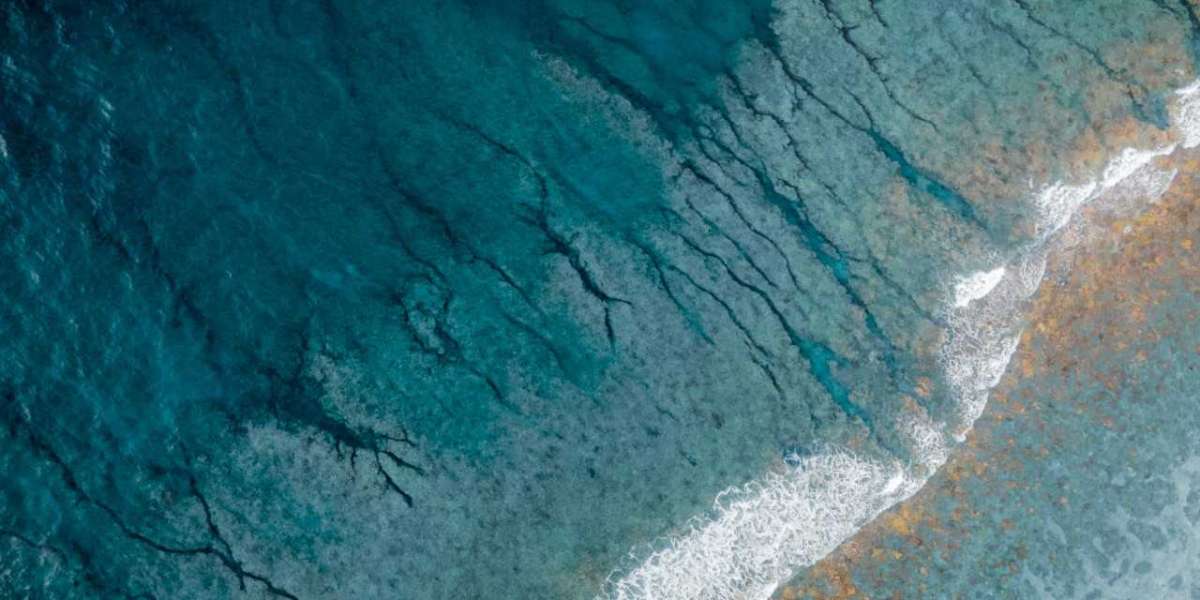Introduction:
In July 2004, one of the deadliest natural disasters in recorded history struck the Indian Ocean region. On the morning of December 26, a massive undersea earthquake measuring 9.1-9.3 on the Richter scale occurred off the coast of Sumatra, Indonesia. The sheer power of this earthquake triggered a series of catastrophic tsunamis, resulting in widespread devastation across more than a dozen countries. The 2004 Indian Ocean earthquake and tsunami left an indelible mark on the world, reshaping coastal communities and serving as a call for increased global disaster preparedness.
Paragraph Heading: The Earthquake's Epicenter and Magnitude
Description:
The earthquake had its epicenter located approximately 160 kilometers west of northern Sumatra. Lasting for around 10 minutes, this colossal geological event released energy equivalent to 23,000 Hiroshima-type atomic bombs. With a magnitude ranging between 9.1 and 9.3, the quake was among the strongest ever recorded, causing the entire planet to vibrate as much as 1 centimeter. The effects of this tremor were felt in various countries surrounding the Indian Ocean, making it a truly global event.
Paragraph Heading: Tsunami Waves Devastate Coastal Communities
Description:
Following the earthquake, the unleashed tsunami waves traveled across vast expanses of the Indian Ocean at incredible speeds, reaching their tragic culmination on the coasts of several countries. These immense walls of water, driven by the energy amassed during the seismic event, struck with little to no warning, leaving coastal communities defenseless against the impending disaster. In some areas, waves rose as high as 30 meters, crashing forcefully against the shorelines and engulfing everything in their path. The damage inflicted by the tsunami was devastating, eradicating entire towns, displacing millions of people, and claiming the lives of an estimated 230,000 individuals.
Paragraph Heading: International Response and Global Solidarity
Description:
In the aftermath of the catastrophe, countries worldwide rallied together to provide immediate aid and support to those affected by the Indian Ocean tsunami. Governments, humanitarian organizations, and individuals mobilized resources, sending emergency relief teams, medical supplies, and financial assistance to the hardest-hit regions. The scale of this international response and the outpouring of global solidarity demonstrated the interconnectedness of our world and the willingness of people to extend a helping hand during times of immense crisis. It also highlighted the importance of disaster preparedness and early warning systems in saving lives in the face of such natural calamities.
Conclusion:
The 2004 Indian Ocean earthquake and tsunami remain etched in history as one of the deadliest disasters our planet has witnessed. This catastrophic event reaffirmed the devastating power of nature and prompted a renewed commitment to disaster preparedness and global cooperation. As we remember the harrowing consequences of this tragedy, we honor the resilience and strength of the affected communities and endeavor to learn from the lessons it taught us.








